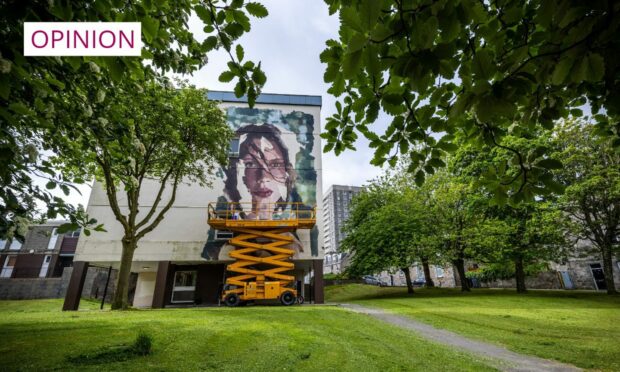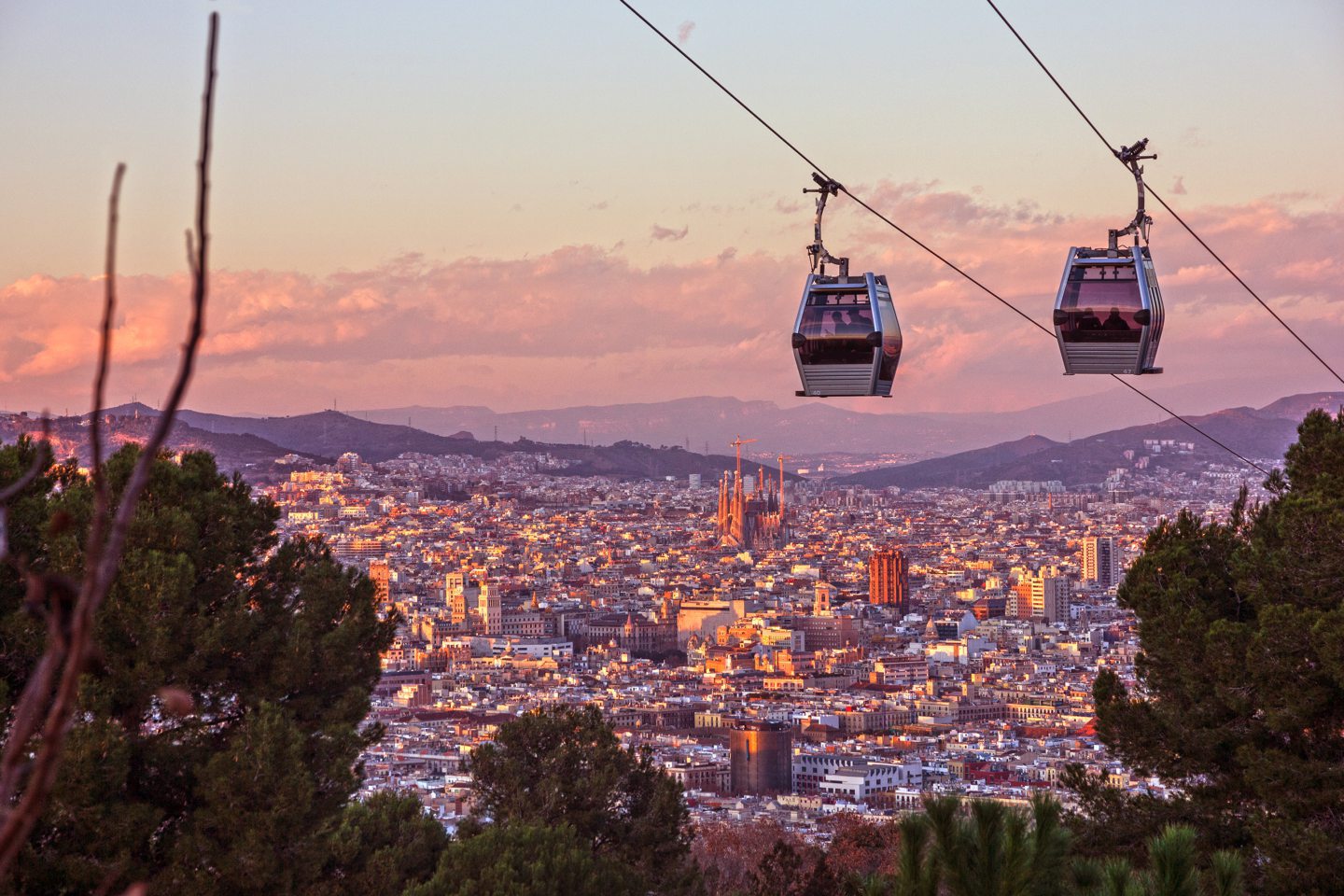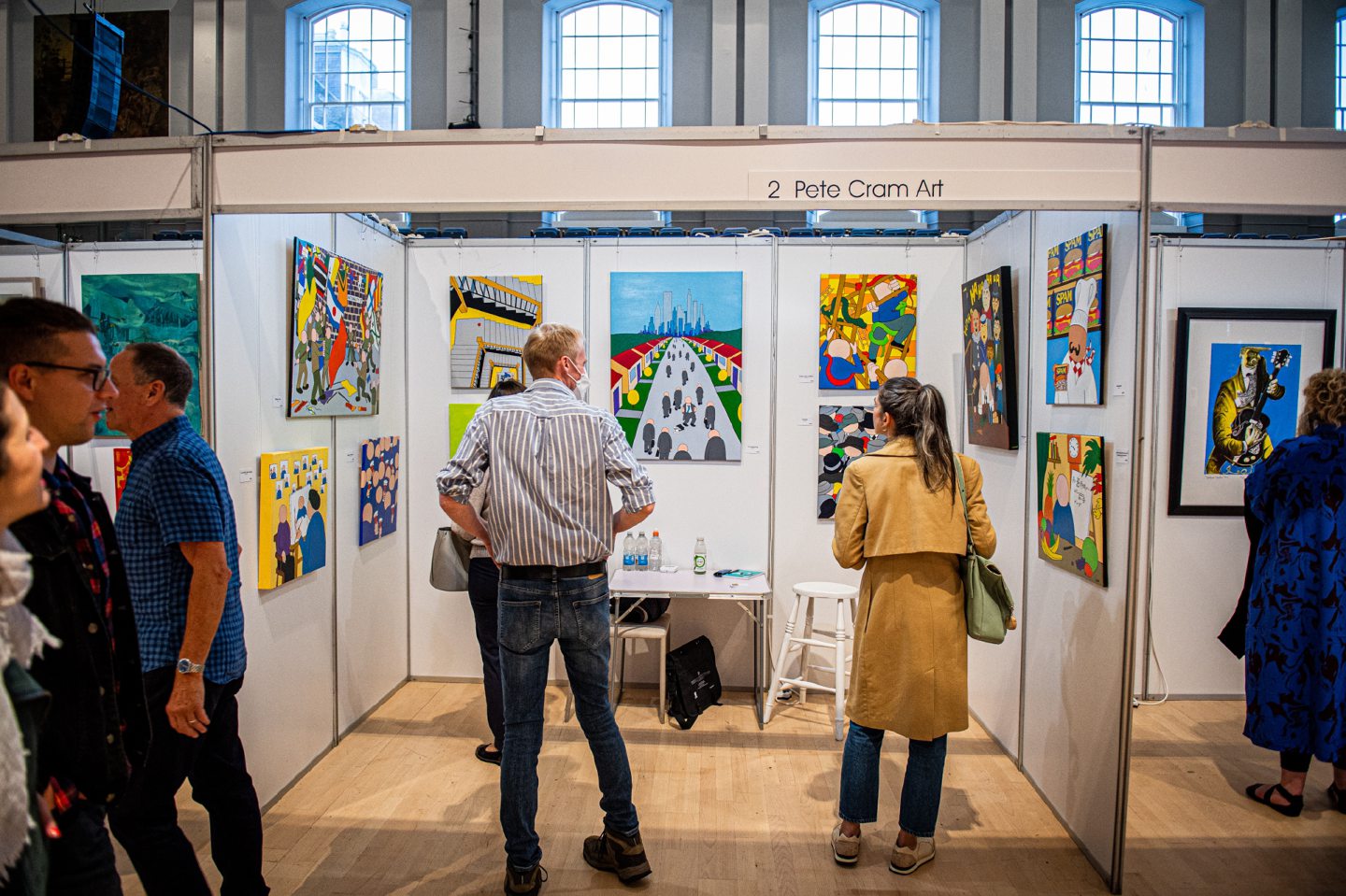Now, I know it’s been less than a week since you’ve had an Evening Express columnist compare the north-east of Scotland to Mediterranean Spain, but I’ve just finished reading Colm Tóibín’s Homage to Barcelona, so I’m afraid you’ll have to bear it through another one.
I can only blame the dreary summer, which – until very recently – has had us all dreaming of sunnier climes.
The Irish novelist’s paean to his beloved Catalonia, where he lived for a number of years in his youth and frequently revisited, is a wonderful read, taking you on a political and cultural journey through the history of Spain’s second city.
It would be disingenuous of me to make a direct comparison between Barcelona and Aberdeen, although you could argue similarities exist. Both are international trading ports and have a glorious sandy beach on an eastern coast. The main difference might be that the Dons have a better record against Real Madrid…
What left a deep impression on me through reading Tóibín’s history, though, was how much of Barcelona and Catalonia’s character is communicated through the lives and works of the great artists, architects and authors who lived in the city and region. It made me wonder how we would best tell the story of a city like Aberdeen and a place like the north-east.
“Now he’s making disingenuous comparisons,” you might think. Picassos, Mirós and Dalís are a tall order to stand up against, as is the full weight of a cultural powerhouse like Barcelona. But we all start small, and why not dream of Gaudí’s amongst the granite? In a sense, we’re already getting there: seven of Nuart Aberdeen’s works are by Spanish artists, two of whom hail from Barcelona.
How do you change the story of a city, and how does a city become synonymous with a different narrative for itself? Aberdeen is hardly a cultural vacuum, but it is, first and foremost, an energy powerhouse. Like Detroit made cars, like Glasgow and Gdańsk made ships and like Pittsburgh made steel, what happens when a whole industry sets sail?
Arts, culture and sport are high priorities for Aberdeen public
Aberdeen City Council recently held the first stage of its consultation on where focus should be in its 2024-25 budgets – an important step for an administration which will need to figure out which cuts will land the softest blows. “Arts, Culture and Sport” finished as the second highest priority for citizens who completed the survey, with over 12% of the vote – far more than the current budget share.
While it might be too much to expect arts to be funded to a greater value than adult social care, for example, it does represent that the people of the city feel it’s important to give space, support and security to the programmes of cultural impact. Certainly, the result, and the point, must be hammered home as the consultative process continues, and when budgets are being set early next year.
In the artistic spaces of early 20th century Barcelona, the city struggled to keep painterly talent from the chief draw of the European arts world: Paris. Miró and Picasso both left Barcelona to live and work in Montparnasse and Montmartre.
Aberdeen is perceived to have struggles with a brain-drain in the arts, with graduates and grafters moving to Edinburgh, Glasgow, London and Berlin. But, if you were out and about in the city centre this past weekend, you might have a different perception; there are a huge number of artists in the city, producing a huge amount of fantastic creative work.
Aberdeen Art Fair was a massive success at the Music Hall, showcasing a range of talent in the region, and Doors Open Day allowed access to Outer Spaces, Wasps and Peacock Visual Arts studios and exhibitions. Further even to that, Look Again’s project space on St Andrew Street saw Carla Smith’s project Sugo open. The vibrancy within our streets is impressive.
We must have a balanced economic strategy that focuses on our city centre and people, as more traditional commercial sectors continue to struggle
A man walked into a Doors Open Day venue which I attended on Saturday afternoon wearing a T-shirt with “Just Love Oil” emblazoned across it. I suspect the city will do so for some time to come, as new licences are signed and economic benefits are enjoyed. But we must have a balanced economic strategy that focuses on our city centre and people, as more traditional commercial sectors continue to struggle.
Overall, 12.1% of the support in the first stage of Aberdeen’s budget consultation backs culture and leisure to do its bit to support the recuperation of the city. And, while Union Street might not currently be a Las Ramblas of the north, we should do what we can to build a vision of our future – with a strong arts and culture sector at its heart.
Colin Farquhar works as a creative spaces manager and film programmer in the north-east culture sector


